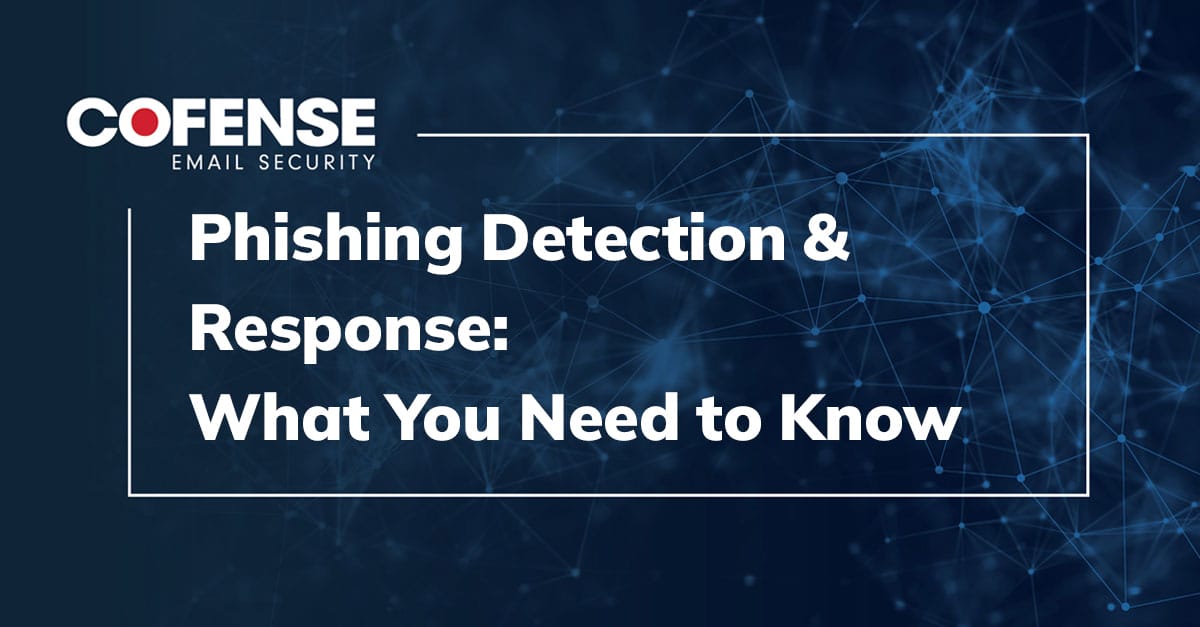By Ashley Tran, Cofense Phishing Defense Center
With U.S. tax season upon us, it’s time to remind our users to watch for emails hitting their inboxes related to tax documents. Threat actors are tuned to the seasonal theme to lure users. The Cofense Phishing Defense Center (PDC) has observed a new phishing campaign that steals Microsoft credentials by acting as a file share from the U.S. Internal Revenue Service.
Figure 1 Email Body
To begin with, the subject of the phishing email, “Y20 Reimbursement from IRS,” is topical given the current tax year, and is sure to draw attention.
For this attack, the threat actor has spoofed both email and sender information. The email appears to come from a government website, and the “from” name is that of an actual IRS tax representative. Should a recipient attempt to verify the sender’s identity, they’ll find a corresponding LinkedIn profile.
The email body, seen in Figure 1, is similar to other document–sharing messages. It particularly resembles DocuSign with its blue background and yellow “Review Document” button.
The use of redirect links as shown above has become increasingly common with such phishing campaigns. Hovering over the “Review Document” button reveals the destination is embedded into a redirect link:
hXXps://t[.]yesware[.]com/tt/54912e30621e9039398d9d491631724ad94e5bcb/9308138a9b8ab6ba555023132ac7eee6/e580d1654666d58406f070acdce3bbb7/internal-revenue-service.quip.com/9IvtAsTmnGGb/Internal-Revenue-Service-2020-Reimbursement
The final URL users would be redirected to when clicking the button is: hXXps://quip[.]com/9IvtAsTmnGGb
The corresponding page for this URL is shown in Figure 2.
Figure 2: Secondary Lure Page
For this attack, the threat actor has utilized Quipcom’s collaborative document feature to host a document with the title “Internal Revenue Service (2020 Reimbursement)” directing the recipient to click. It includes the readily recognizable IRS logo.
Upon clicking the link to “Claim 2020 Reimbursement,” users are redirected to the start of a Microsoft phish seen in Figures 3-4.
Figure 3–4: Phishing Page
Figure 3 shows the first step of the attack which imitates a typical Microsoft SharePoint page that verifies the identity of users before they can access a document for their eyes only. On this page, users are prompted for their email address and then redirected to the final step of the attack.
Figure 4, the last stop in the attack, shows a generic Microsoft login page prompting for the user’s password; the email address provided from the previous step appears in the login box above it.
After entering their password, users are prompted to re-enter their password, another common tactic threat actors use to obtain an additional password. Users are then redirected to a legitimate Microsoft Office error page as seen in Figure 5. This is also a tactic commonly used by threat actors to ward of suspicion and distract users from the credential harvesting.
Figure 5: Error Page
Indicators of Compromise
| hXXps://t[.]yesware[.]com/tt/54912e30621e9039398d9d491 631724ad94e5bcb/9308138a9b8ab6ba555023132ac7eee6/e580d1654666d58406f070acdce3bbb7/internal-revenue-service.quip.com/9IvtAsTmnGGb/Internal-Revenue-Service-2020-Reimbursement | 35.239.71.225 |
| hXXps://quip[.]com/9IvtAsTmnGGb | 50.112.33.205 |
| hXXps://basecet[.]com/w3ffvs/0q23he4/nriaokghnry1ky1p8r7uu0d5.php | 162.0.232.161 |







